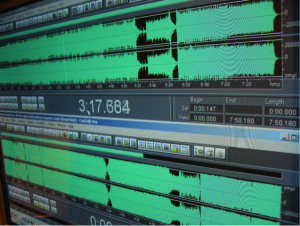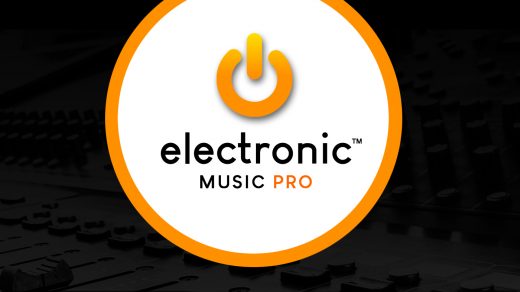Uh? Reference?
You have undoubtedly in the past created a track that sounded awesome… until you played another track in a similar genre. Suddenly yours sounds dull, narrow, weak, boring, and you start to switch from excitement to depression mode.
You don’t have to.
One way to avoid this disappointment, as you go creating and building your track, is to be able to check on the spot how it sounds compared to an existing track, preferably a released track that you like. This existing track therefore becomes your reference.
Nothing forbids you to use several tracks as references.

Does my track look (sound) like that3 famous hit?
What can I compare while referencing?
You can try to make your track sound sonically similar to the reference one (same kind of EQ). That’s probably the main use of referencing.
You can use its structure (place markers at each section: start, drop, buildup, main section, outro,..). This can help you decide where your own sections will be.
You can by comparison assess what is missing or redundant in your own track.
You can try to reproduce the reference track as closely as possible, for your education (this can help you develop some tricks and techniques by ‘borrowing’ them from other producers).
You can pick some ideas in the reference track(s) to make yours more interesting.
How do I prepare this reference track?
Place one (or more) of your favourite tracks on one (or more) of your DAW’s channels as a reference.
Have this reference track(s) bypass the master channel, i.e. being routed directly to the output. That will prevent it from being modified by any plugins that you may have on the master channel.
You’ll also need to reduce its volume. As it’s a mastered track, it’s likely to sound much louder than what you are working on. So reduce the volume until it matches your own creation (like a DJ would make sure that the next track is at the same volume as the previous one). This can be quite drastic (it’s not rare to reduce by -12dB or even more), but the apparent volumes of your reference track and of your own track under construction must match, in order to make proper comparative decisions.
A good idea is to program a key on your computer keyboard to solo/mute this reference track at will. Immediate A/B comparison.

Let’s compare these two tracks…
Referencing (or A/B-ing) is one of the most important concepts that you can use to get your track sound as close as possible as a track you like (we speak of sonic qualities here, not of copycatting).
Use and abuse it.
JP Lantieri











